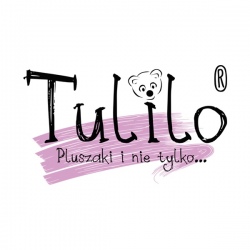Export of Women’s Clothing. Women’s Clothing from Poland
The export of women’s clothing from Poland plays an increasingly important role in the development of the Polish economy, becoming one of the key segments of Poland’s international trade. In 2022, the export of women’s clothing from Poland accounted for about 60–65% of the total clothing export, representing a value of €6.3 to €6.8 billion. The most exported categories included dresses (€1.1 billion), women’s coats and jackets (€1.2 billion), blouses and shirts (€950 million), sweaters (€800 million), and sportswear (€650 million). The main export destinations were Germany (€2.5 billion), France (€1.1 billion), Italy (€850 million), Spain (€650 million), and Scandinavian countries (€700 million). Poland’s clothing industry is gaining recognition worldwide thanks to a combination of modern production technologies, traditional craftsmanship, and innovative approaches to fashion. Women’s clothing produced in Poland is appreciated for its high-quality materials, meticulous craftsmanship, and adaptation to the latest fashion trends. Additionally, the competitiveness of Polish clothing stems from favorable pricing, allowing it to compete with the world’s largest clothing producers. Polish brands are present in many international markets, from Europe to Asia and the Americas, which significantly contributes to building Poland’s global position in the fashion industry.
In 2023, Poland was the 11th largest clothing exporter in the world (with a 2.1% share) and the 9th largest importer (with a 2.7% share). This growth highlights the dynamic nature and positive prospects for the further development of Poland’s clothing sector. The growth in the export of women’s clothing is particularly noticeable in Western European markets, where Polish garments are gaining popularity thanks to their variety of styles, high-quality fabrics, and attractive pricing. Poland has become one of the key clothing producers in Central and Eastern Europe, and its products, supported by investments in modern production technologies and marketing, are gaining recognition in highly competitive countries such as Italy, France, and Germany.
The most important recipients of Polish women’s clothing remain EU countries, including Germany, France, Italy, and Spain. Germany is Poland’s largest trade partner in this segment – in 2022, the export of women’s clothing to Germany reached nearly €2.5 billion, accounting for about 24% of Poland’s total clothing exports. Polish clothing brands, especially those producing elegant and formal wear, have established a strong position in the German market, where they are valued for their quality craftsmanship, precision detailing, and durability of materials. Many Polish brands offering formal wear, such as dresses, coats, and suits, have become recognizable names in Germany, fostering further export growth. The French market also demonstrates a demand for elegant women’s clothing, which is an integral part of the country’s culture. Polish companies have gained recognition by blending classic and modern styles, catering to the tastes of French consumers who appreciate timeless fashion as well as innovative solutions. Italy, as one of the world’s major fashion hubs, is another key market where Polish clothing brands successfully compete with local producers by offering high-quality products at more affordable prices. In Spain, women’s clothing of lighter, more colorful character enjoys significant popularity, giving Polish manufacturers an opportunity to increase their share in this region.
The export of women’s dresses from Poland is one of the most dynamically developing segments, particularly in countries with a strong fashion culture, such as France, Italy, and Spain. Polish dresses, combining elegance with functionality, are recognized for their innovative cuts, high-quality materials, and affordable prices. Polish dress manufacturers effectively meet the growing demand for a variety of patterns and styles suitable for both daily wear and special occasions. Meanwhile, women’s coats, made from fabrics like wool and cashmere, are particularly popular in Scandinavian markets, where the climate favors warm clothing during winter. Polish women’s coats are valued for their classic, timeless designs and high-quality craftsmanship, as well as their attention to detail, attracting customers in countries like Norway, Sweden, and Finland. Furthermore, Poland is becoming increasingly popular in the production and export of coats, which combine elegance with modern design, earning recognition in European markets.
The export of women’s blouses and shirts is thriving in Western European markets, where Polish formal wear has gained a reputation for excellent craftsmanship and high-quality fabrics. Polish blouses and shirts are particularly popular in Germany, Belgium, and France, where formal clothing is essential in both professional and private life. These garments are characterized by precise tailoring, body-fitting designs, and attractive details, offering a significant competitive edge over producers from other countries. These products are also appreciated by consumers in Scandinavian countries, who value the simplicity and elegance of Polish shirts. In recent years, there has been noticeable growth in exports to Asian markets, such as Japan, where Polish formal clothing is gaining popularity due to its European style and precise craftsmanship.
Women’s sweaters from Poland and the export of women’s sweaters are gaining popularity, especially in countries with cold climates, such as Norway, Finland, Denmark, and Canada. Polish sweaters, made from high-quality wool, cashmere, and other natural materials, are valued for their warmth and modern designs, making them popular for both casual and formal outfits. In Germany, Sweden, and the Netherlands, sweaters by Polish producers are gaining traction thanks to their functionality and attractive pricing, offering a competitive alternative to Western European brands. The growth in exports of Polish sweaters is also noticeable in Japan, where demand for European products with high standards of craftsmanship and elegant design is rising.
Sportswear, particularly hoodies and leggings, has become one of the fastest-growing segments in Polish women’s clothing exports. There is increasing demand for everyday and sportswear in countries such as the UK, France, and Scandinavian countries. Polish clothing brands producing stylish and functional apparel effectively respond to consumer expectations, with more people choosing sportswear that combines comfort and fashionable design. Due to the growing interest in the athleisure style, Polish brands are also succeeding in Asian markets, such as China and South Korea, where streetwear and casual clothing are becoming increasingly popular.
The export of sportswear to Scandinavian countries exemplifies how Polish producers effectively address the growing demand for high-quality sports clothing suitable for harsh weather conditions. Hoodies, jackets, and sportswear manufactured in Poland, featuring modern technologies such as waterproof fabrics or thermal insulation, are highly popular in countries where winter weather conditions demand functional yet aesthetic and comfortable clothing. Polish brands are also gaining traction in markets like Sweden and Norway, where demand for sports and outdoor clothing continues to grow.
Moreover, Polish sportswear enjoys high recognition in the United States, where interest in sports clothing and an active lifestyle is increasing. The export of sportswear to the USA is growing, with Polish brands succeeding by offering a wide range of products, from gym wear to casual clothing that combines functionality with fashionable looks.
The export of women’s jackets from Poland includes both lightweight transitional models and warm winter jackets, which are particularly popular in countries with cold climates. In Germany, Norway, and Sweden, Polish jackets are highly appreciated for their quality, functionality, and innovative production technologies, such as waterproof membranes or thermal insulation. Additionally, Polish women’s jackets are gaining popularity in non-European markets, with a significant share in exports to Canada, where demand for winter clothing is growing, and consumers are seeking products distinguished by both high quality and affordable prices.
Export of women's coats from Poland includes both lightweight transitional models and warm winter coats, which are particularly popular in countries with cold climates. In Germany, Norway, and Sweden, Polish coats are highly regarded for their high quality, functionality, and innovative production technologies, such as waterproof membranes or thermal insulation. Moreover, Polish women's coats are gaining popularity in non-European markets, with a significant share of coat exports to Canada, where the demand for winter clothing is rising, and consumers are looking for products that combine high quality and affordable prices.
Polish flat caps are gaining increasing recognition due to their high-quality craftsmanship and use of materials such as wool and tweed. Exports of flat caps are focused on Western European and North American markets, where customers appreciate both their elegant style and durability. These products, available in various styles and colors, are suitable for many outfits, from formal to casual, further enhancing their appeal.
In terms of skirts, Polish manufacturers are attracting international attention with their diverse designs and modern approach to fashion. Skirt exports play a significant role in promoting Polish fashion worldwide, particularly due to the use of innovative fabrics and attention to detail. The popularity of Polish skirts is growing in both European countries and Asian markets, where customers seek unique solutions that combine aesthetic appeal and functionality.
Polish vests are characterized by their versatile applications, making them a popular choice among international customers. Exports of vests include both elegant styles, used in business attire, and more casual options, which are perfect for everyday wear. Due to their high-quality craftsmanship and variety of cuts, these products reach markets in the United Kingdom, Scandinavia, and the United States, where customers value their quality and durability.
Exports of sleeveless jackets from Poland draw particular attention during the autumn-winter season. These products, available in quilted, insulated, or lightweight sporty versions, are gaining popularity in countries like Germany, the Netherlands, and the Czech Republic. Thanks to the wide range of models that meet customers' expectations in terms of functionality and style, Polish sleeveless jackets are a preferred wardrobe staple for colder days.
Women's shorts, increasingly featured in the Polish export portfolio, are winning recognition in warmer climates. Exports of shorts cover both sporty models and elegant variants made from natural fabrics such as cotton or linen. Thanks to modern cuts and meticulous finishing, these products find customers in Spain, Greece, and Middle Eastern countries, where Polish manufacturers compete with the largest brands.
In the case of T-shirts, Polish producers invest in quality and variety, leading to a dynamic increase in T-shirt exports. These products, made from eco-friendly or technical materials, are highly sought after in Europe, Asia, and North America. Customers appreciate not only the diversity of styles and cuts but also the attention to detail, making Polish T-shirts an attractive choice for both individual consumers and companies ordering promotional clothing.
Polish blazers are gaining recognition for their precise tailoring and high-quality materials. Exports of blazers mainly focus on Western Europe and Scandinavia, where customers look for versatile products. With classic styles and modern innovations, Polish blazers are ideal for both office settings and less formal occasions, increasing their popularity among a wide range of consumers.
Exports of scarves from Poland are growing dynamically, with Polish products reaching countries such as France, Italy, and Japan. Scarves, distinguished by their unique patterns and high-quality materials, such as silk or cotton, are often seen as stylish accessories. Polish scarf producers combine traditional motifs with modern design, allowing them to gain recognition among demanding international customers.
Polish scarves, particularly those made from natural fibers such as wool or cashmere, are highly popular in countries with colder climates. Exports of scarves are an important part of Poland's textile industry, with these products being exported to Germany, Canada, and Scandinavia. Polish scarves are valued for their aesthetic appeal, durability, and functionality, making them increasingly featured in luxury collections offered by prestigious brands.
Forecasts for 2025 predict that the Polish clothing industry will face significant challenges due to tightening European Union regulations related to sustainable development, including requirements for a circular economy. These regulations aim to promote more durable and ecological products, potentially forcing manufacturers to raise standards in terms of quality, repairability, and recyclability of clothing. Although these changes may increase production costs and impact final prices, they could, in the long term, become a crucial element of the competitiveness of Polish clothing, especially in Western markets where consumers are increasingly attentive to environmental issues.
The growing environmental awareness of consumers in Western Europe presents an opportunity for Polish manufacturers to attract customers who value high-quality clothing produced with environmental care. In this context, Polish brands can build their position by offering products that stand out for their innovation, durability, and responsible production processes.
The dynamic development of online commerce, including sales on global e-commerce platforms, can also contribute to increased exports of Polish clothing. Expanding the reach of online sales, leveraging advanced digital technologies, and implementing effective marketing strategies will enable Polish manufacturers to access new markets and strengthen their position on the international stage.
Another opportunity for the Polish clothing industry lies in the development of innovative production technologies, such as the use of recycled materials and methods that reduce carbon emissions. Additionally, European Union funds supporting research and development in the field of sustainable fashion could significantly accelerate the transformation of the industry, enhancing its competitiveness and attractiveness in the global market.
As shown, women's clothing from Poland is recognized in many international markets, and with proper investments in quality, modern technologies, and adapting offerings to diverse customer needs, the Polish clothing sector has a promising future. Exports of women's clothing from Poland not only contribute to the country's economic growth but also emphasize Poland's growing position as a significant producer of clothing in Europe and worldwide.

 pl
pl  en
en  de
de  es
es  fr
fr  it
it  pt
pt  ru
ru  sv
sv 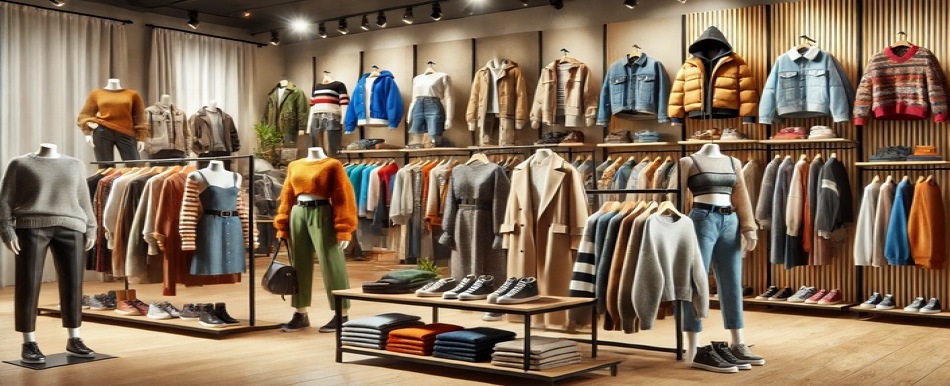


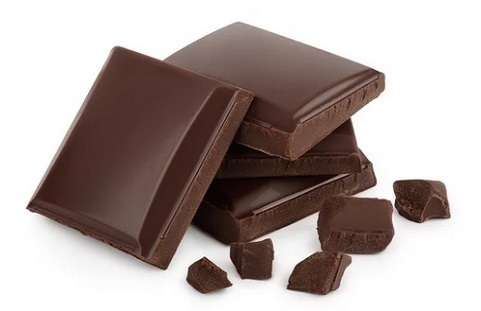







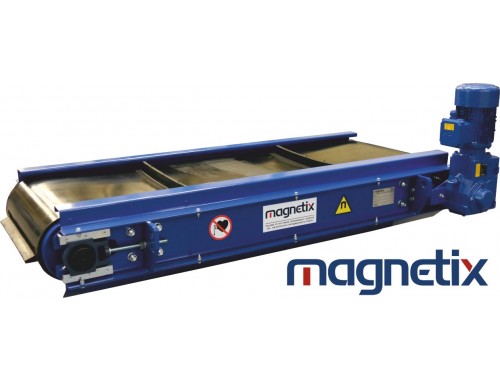
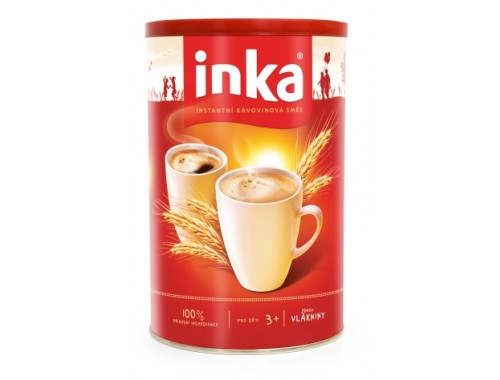
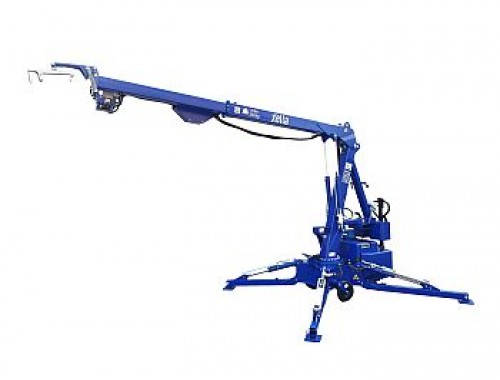
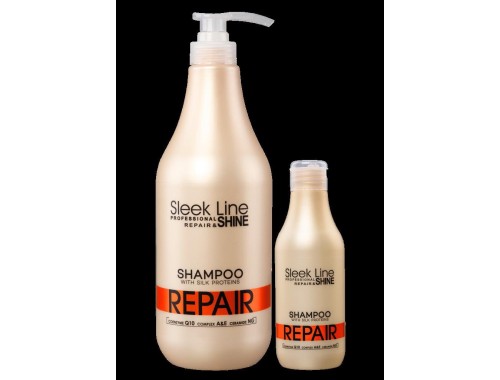
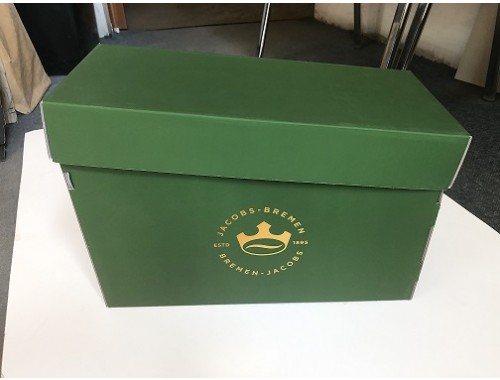
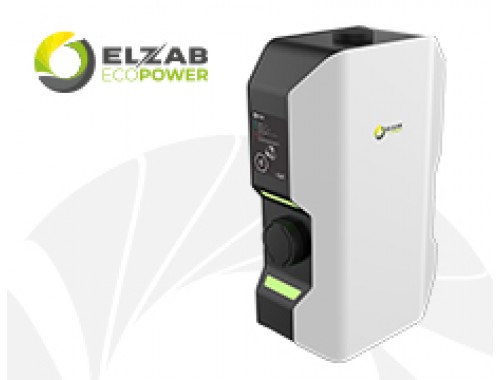

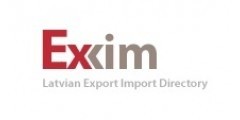
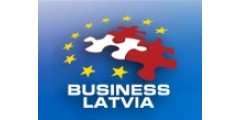


.jpg)

